Glucerna triple care
- Main Image
-
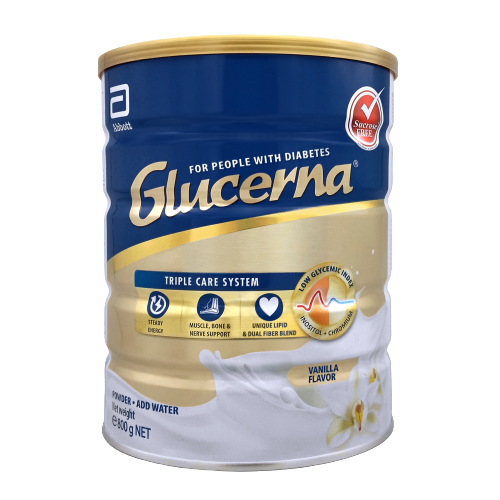
- Subtitle
- Complete and Balanced Nutrition For People with Diabetes
- Title
- Glucerna® Triple Care
- Detail Page Path
Every choice matters. Understand Glycemic Index (GI) to learn how you can make smarter carbohydrate choices to minimise blood glucose excursions!
Singapore is a food paradise, but the prevalence of cheap and delicious carbohydrate-rich food also makes the city-state a danger zone for people with diabetes. With so many delicious carbohydrate-rich choices available, it is hard to keep track of what we consume daily.
Every food choice you make can impact your blood sugar level — even if it’s low in sweetness. Get to know about Glycemic Index (GI) to better understand how your carbohydrate choices may impact your blood sugar.
The American Diabetes Association defines GI as a relative ranking of carbohydrate in foods according to how they affect blood glucose levels.
Carbohydrates with a low GI value (55 or less) are more slowly digested, absorbed and metabolised and cause a lower and slower rise in blood glucose and, therefore insulin levels. For better blood sugar control, select low or medium GI food options over high GI food items.
Do note that the GI of a food is different when eaten alone than it is when combined with other foods. Thus, when eating a high GI food, you can combine it with other low GI foods to balance out the effect on blood glucose levels.
1) How processed is your food?
The method of processing of a single food can greatly affect its GI and processed food tend to have a higher GI. For example, white flour (GI 69), which is refined, has a higher GI than whole wheat grains (GI 42). This is because grinding breaks the protective layers surrounding the grain, making digestion and absorption easier. Similarly, fresh fruit juices will have a higher GI than whole fruits – orange juice has GI of 46 while orange has GI of 40. Finely ground grain is more rapidly digested than coarsely ground grain. For example, instant oats cereal porridge (GI 65) have higher GI than rolled oats porridge (GI 42).
2) Is your food overcooked?
The cooking method can make a huge difference to the food’s GI as cooking breaks down the cellular structure of a food, making it easier to digest and raise blood glucose levels. Overcooking will boost the GI of food. For example, porridge has a higher GI than plain rice (83 vs 69), soft-cooked pasta has a higher GI than al dente pasta (58 vs 43), and mashed potato has a higher GI than a whole baked potato (73 vs 60). Overcooking pasta, for instance, contributes to starch gelatinisation, which then raises the GI. High heat cooking methods like baking or frying will raise GI as compared to lower heat methods like sautéing (cooking them quickly in a bit of fat) or parboiling (partially cooking them in boiling liquid). For example, baked or deep frying potato will cause GI to increase to 83 and 70 while boiling it achieves a GI of 59.
3) Does your carbohydrate meal contain other ingredients such as fat, fibre or protein?
Adding fat, fibre or protein to food can help slow carbohydrate digestion and absorption, lowering GI. For instance, instant mashed potato consumed on its own has a GI of 88 while instant mashed potato consumed with butter and cheese has a GI of 66. Similarly, keeping the potato’s skin on adds fibre and lowers GI. Baked skinless white potato has a GI of 98 to 69 and potato with skin kept on has a GI of 69. It is however important to note that not all high fibre food are low in GI. Such is because, fibre can be classified as soluble fibre and insoluble fibre. Presence of soluble fibres, which are viscous, slows down digestion and thus, food with more soluble fibre tend to be lower in GI. Insoluble fibres on the other hand, are not viscous and do not help slow digestion. Thus, food high in insoluble fibres tends to be higher in GI.
1) Healthier Choice Symbol
For people with diabetes, a low-GI diet can help one better manage their blood glucose levels to minimiSe peaks as well as to manage hunger to support or facilitate weight-loss. Nonetheless, while GI can be a useful reference used for meal planning, it should not be the only consideration. Both the serving size of foods and the nutritional quality of the diet are just as important to consider. Here are some tips to start adopting a low-GI diet:
Fan of cereals? Keep your eyes peeled for the ‘Low Glycemic Index’ Healthier Choice Symbol when buying cereal-based convenience foods. In general, it is always wiser to opt for healthier choice foods as they are lower in sugar, sodium, fats or higher in wholegrains and calcium!
2) Snack Smart
Instead of munching on cupcakes or chips, opt for nuts. When it comes to fresh fruits, get to know the GI of your favorites as the data may surprise you. There are some moderate in GI, other fruit can deliver a high GI value. For example, the GI of watermelon is 80 while the GI of apple is 40.
3) Keep things moderate. Ready for a change?
No matter how low the GI of your carbohydrate choice, overeating is never healthy and, moderation is still key. Refer to the ‘My Healthy Plate’ by Health Promotion Board (HPB) to learn more about the various food groups and their recommended portions. Staying close to the portion guidance will also help you moderate your blood sugar swings.
For people with diabetes, low GI foods are highly recommended. So, kick-start your low GI diet today! It can help to maintain your blood glucose level and avoid potential health complications in the long run. Also, a low GI diet may also help to prevent obesity.
If convenience is a priority for you, consider a diabetes-specific formula as one of your low GI food options. Such formulas are specially designed for people with diabetes to help manage blood sugar levels when used as a meal replacement, part of a meal or as a snack within the context of a well-balanced and individualised diet. At the same time, it is designed to provide complete and balanced nutrition. They taste delicious too! Consult your doctor or dietitian to find out how you can incorporate a diabetes-specific formula into your meal plan.
Did you know?
Common breakfast foods like sugar-coated cereals, chee cheong fun, rice dumplings, sticky rice in lotus leaf and nasi lemak have a high GI.
Make a smarter choice today by switching out to low GI breakfasts such as soon kueh (with thin skin), multigrain chapati, rolled oats (wholegrain), multigrain/wholemeal bread, muesli (with Healthier Choice symbol), and All-Bran breakfast cereal.
So remember, simple daily choices can make a big difference. Take a step in the right direction today! Consult your doctor for a customised diabetes management plan.
Source: Temasek Polytechnic GI testing and research unit.
References:
1 Carroll et al. J Clin Endocrinol Metab.2003; 88:5248-5254
2 Monnier L et al. Diabetes Care. 2002;25:737-41
GI Source:
• University of Sydney
• The American Journal of Clinical Nutrition’s International table of glycemic index and glycemic load Values
SG.2022.29988.GLU.1 (V1.1)
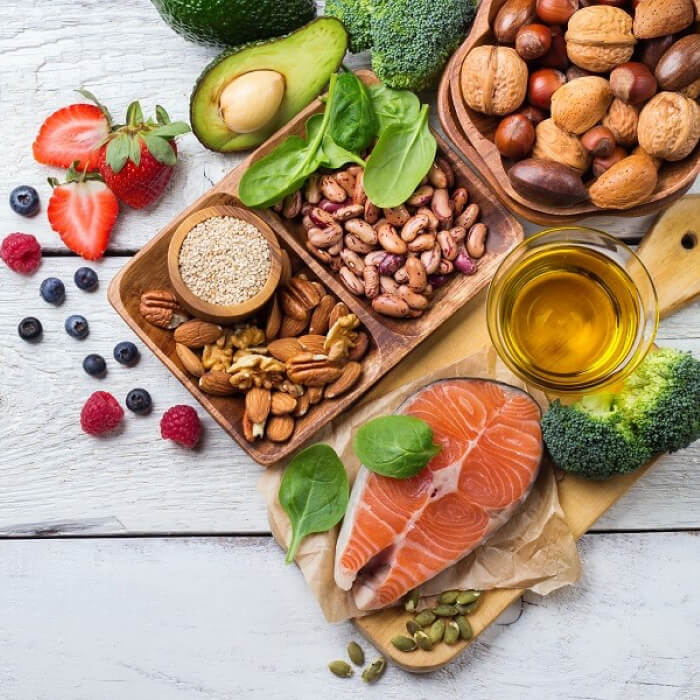
Confused about the good fats you should be eating and the bad fats you should be avoiding? Find out how to be smart about your diabetes.
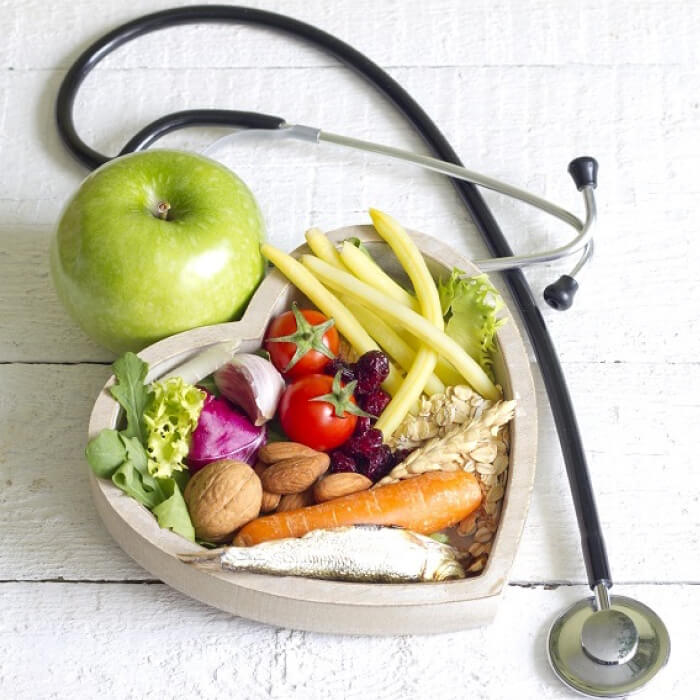
Proper nutrition is the cornerstone of diabetes care. Learn more about eating right for diabetes to help keep your blood sugar in check.
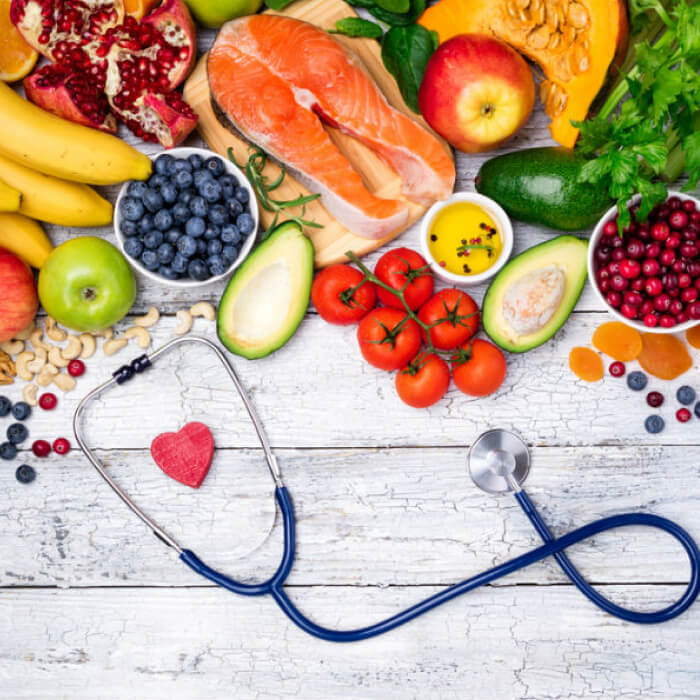
Every choice matters. Learn how your choice of food within each meal can help you make a big difference in managing diabetes.
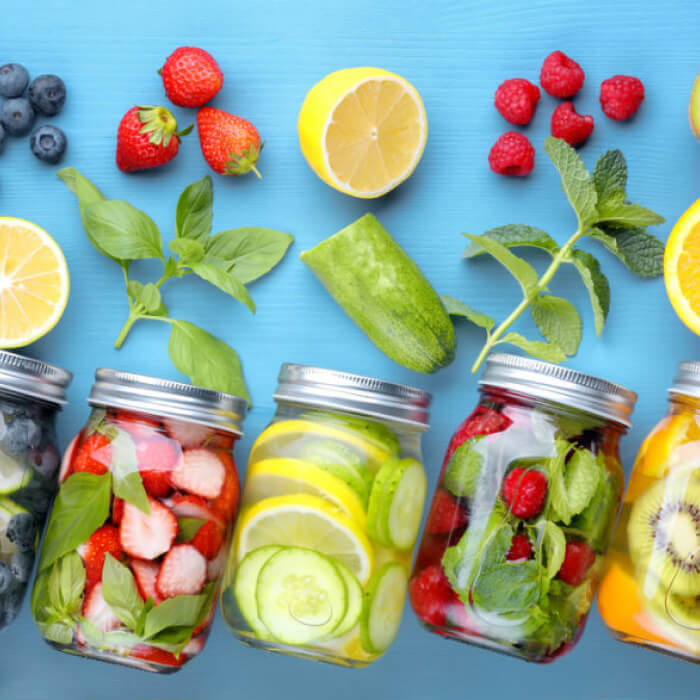
Every choice matters. Learn tips on how you can make smarter beverage choices everyday to help you make a big difference in managing diabetes.
.jpeg)
Eating a healthy and well balanced diet can help with weight loss for diabetics. Read here for some tips about healthy weight loss.
You are about to exit for another Abbott country or region specific website.
Please be aware that the website you have requested is intended for the residents of a particular country or region, as noted on that site. As a result, the site may contain information on pharmaceuticals, medical devices and other products or uses of those products that are not approved in other countries or regions.
The website you have requested also may not be optimized for your specific screen size.
Do you wish to continue and exit this website?